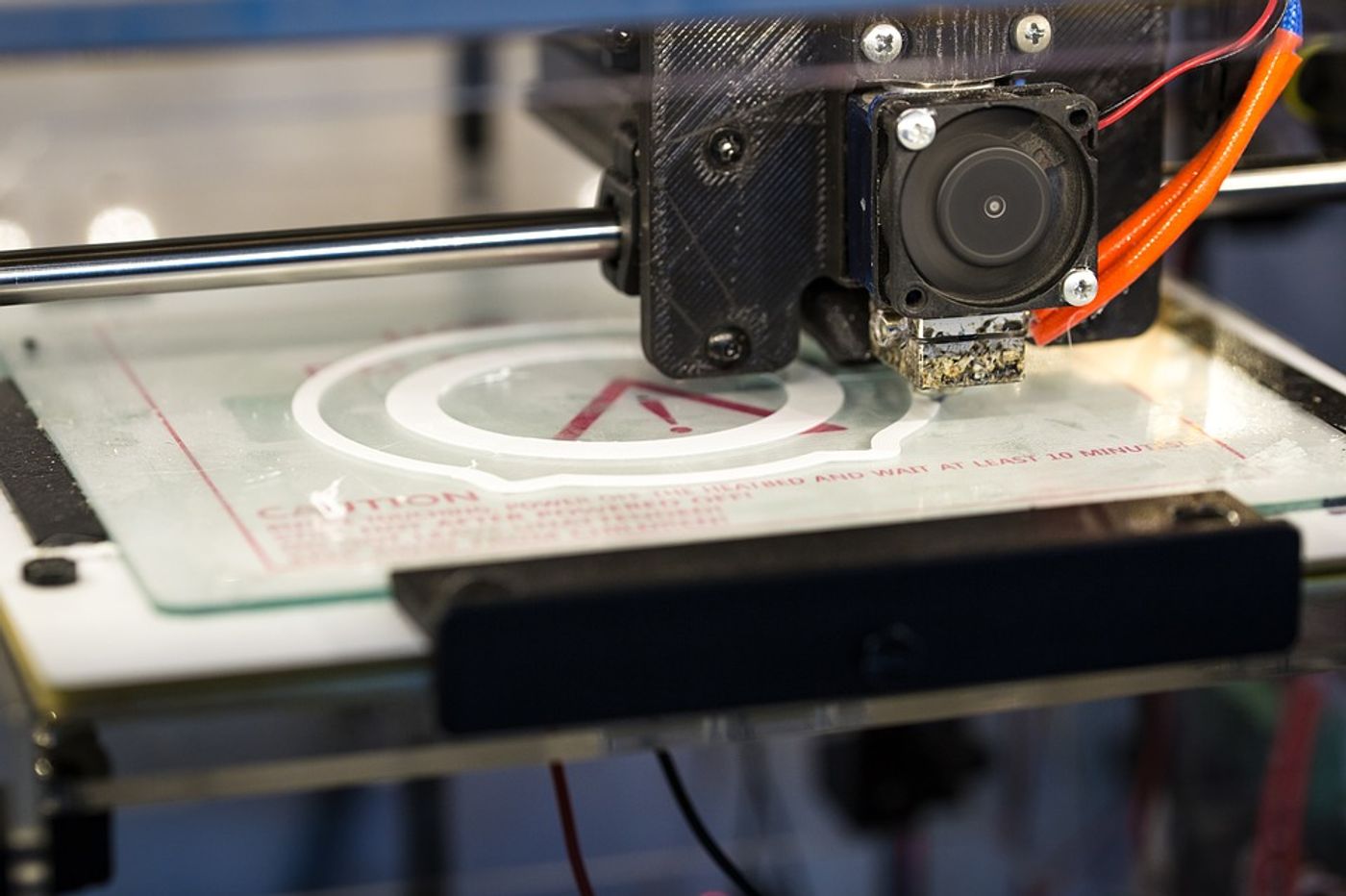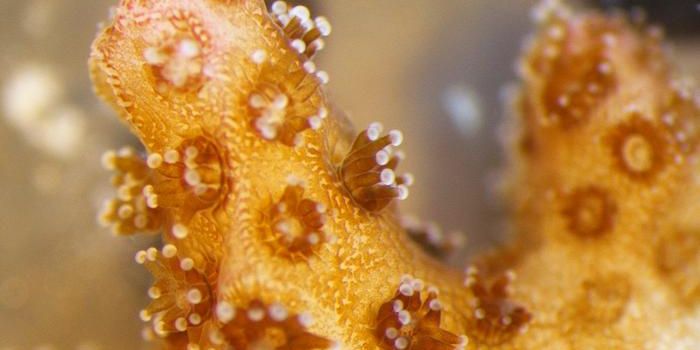3D-printed bio-ink prints tissues inside the body
Imagine this: 3D-printed body parts that are printed directly in the body. Sounds far out, right? But new research from an interdisciplinary team of scientists has created a bio-ink designed for printing tissues directly in the body. This could revolutionize the way 3D printing is used in the medical field, greatly reducing the risk of infection and lowering recovery time for patients receiving 3D-printed parts.
Currently, 3D printing is being used to produce orthopedic joints, prosthetics, portions of bone, skin and blood vessels. Yet almost all of these tissues must be printed outside of the body and then surgically implanted, which poses additional risks and complications. The new bio-ink technology could change that.
"This bio-ink formulation is 3D printable at physiological temperature, and can be crosslinked safely using visible light inside the body." said first author Ali Asghari Adib, Ph.D. As Eureka Alert reports, “In order to build the tissue, they used robotic 3D printing, which uses robotic machinery affixed with a nozzle. Bio-ink may be dispensed through the nozzle, much like an icing tube squeezes out writing gel, only in a highly-precise, programmable manner.”
Asghari collaborated with Ali Khademhosseini, Ph.D., Director and CEO of the Terasaki Institute, David J Hoelzle, Ph.D., from the Ohio State University Department of Mechanical and Aerospace Engineering and Amir Sheikhi, Ph.D. from the Pennsylvania State University Department of Chemical Engineering to create this technology.
The “safe crosslink” that Asghari speaks of refers to the need to attach the tissue to soft, live organ tissue without using harmful UV light to solidify the constructed tissue, as is done in current methods. After a lot of testing, the team eventually developed an effective system. "The interlocking mechanism enables stronger attachments of the scaffolds to the soft tissue substrate inside the patient body," said Asghari Adib.
This innovation opens the door to new developments in tissue engineering. Future enhancements could eventually lead to customization that would be safer for the patient, save time and be more cost-effective.
"Developing personalized tissues that can address various injuries and ailments is very important for the future of medicine. The work presented here addresses an important challenge in making these tissues, as it enables us to deliver the right cells and materials directly to the defect in the operating room," said Khademhosseini, "This work synergizes with our Personalized Implant Technology Platform at the Terasaki Institute which aims to develop approaches that address the variability in tissue defects in patients."
Sources: International Society for Biofabrication, Eureka Alert
-
APR 30, 2024Immuno-Oncology Virtual Event Series 2024
-
MAY 07, 20243rd International Biosecurity Virtual Symposium
-
JUN 06, 2024The Future of Scientific Conferencing
- See More


















































